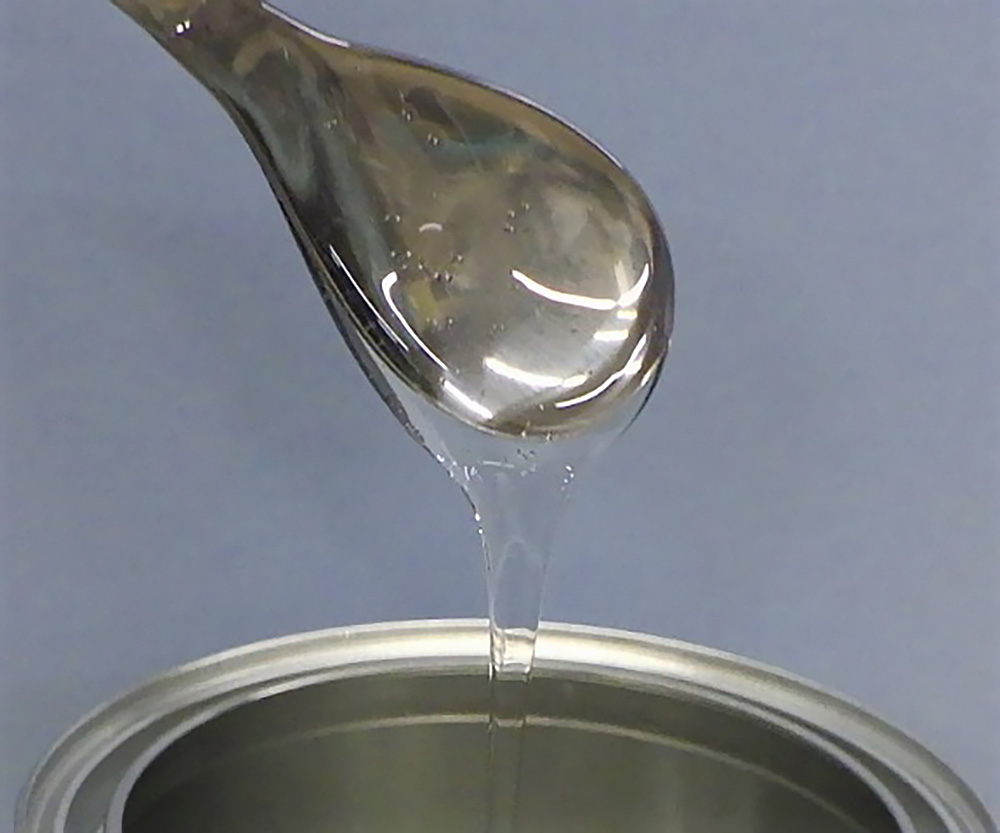Chugoku Marine Paints’ ISCC Certified Bio-based Epoxy Resin Paint Adopted for Mitsui Chemicals’ Liquefied Ammonia Tanker
Making vessels greener with high-value-added paint
2025.07.07
Chugoku Marine Paints, Ltd.
Mitsui Chemicals, Inc.
Chugoku Marine Paints, Ltd. (Tokyo: 4617; President & CEO: DATE Kenshi) and Mitsui Chemicals, Inc. (Tokyo: 4183; President & CEO: HASHIMOTO Osamu) are pleased to announce that CMP NOVA 2000 (Bio), a bio-based epoxy resin paint developed by Chugoku Paint that has gained ISCC PLUS*1 certification using the mass balance method*2, has been selected for use on the ballast tanks*3 of liquefied ammonia tanker being built by Kegoya Dock Co., Ltd. (Kure, Hiroshima; President: KURUSHIMA Masayoshi).
This paint uses Mitsui Chemicals' bio-based epoxy resin, which has been certified by ISCC PLUS using the mass balance method to reduce CO2 emissions.
Research by Chugoku Marine Paints suggests that this will be the first time in the world that bio-based epoxy resin paint has been adopted for marine vessels.
In addition, the tanker’s bottom is coated with Chugoku Marine Paints’ fuel-efficient anti-fouling paint SEA PREMIER 2000 PLUS, which is expected to reduce CO2 emissions during operation. The adoption of these high-value-added paints is expected to significantly reduce CO2 emissions during paint production and after the vessel enters service. The vessel is scheduled for delivery in May 2026.
CMP NOVA 2000 (Bio) Bio-based Epoxy Resin Paint
CMP NOVA 2000 (Bio) is a bio-based epoxy resin paint for ballast tanks that has been ISCC PLUS-certified and is made from epoxy resins derived from biomass using the mass balance method being rolled out by Mitsui Chemicals. Delivering the same level of quality and coating performance as petroleum-derived products, the new paint maintains functionality, while its biomass-derived content offers the ability to reduce CO2 emissions by approximately 660 kilograms per ton of paint (provisional value) compared to the existing CMP NOVA 2000.
 (Image photo) Bio-based epoxy resin
(Image photo) Bio-based epoxy resin
SEA PREMIER 2000 PLUS Fuel-Efficient Antifouling Paint
As ammonia is attracting attention as a next-generation low-carbon energy (next-generation fuel), the shipbuilder is proactively choosing products with high environmental performance for use in the new vessels. The adoption of SEA PREMIER 2000 PLUS fuel-efficient antifouling paint is expected to improve fuel efficiency by 5 to 8 percent compared with conventional antifouling paints, thereby reducing CO2 emissions during ship operation.
Environmental Performance Improvements Due to High Value-added Paints
| Area of use | Paint | Environmental performance |
|---|---|---|
Ballast tank | CMP NOVA 2000 (Bio) bio-based epoxy resin paint (ISCC PLUS certified) | Switching to bio-based paint using the mass balance method has the effect of reducing CO2 emissions by approximately 660 kilograms (provisional value) per ton of paint. |
| Ship bottom | SEA PREMIER 2000 PLUS fuel-efficient anti-fouling paint | The smooth coating reduces friction resistance, while the new anti-fouling agent Selektope™, which has high barnacle resistance, substantially minimizes power increases arising from ship bottom fouling. Together, these effects are expected to reduce fuel consumption by 5 to 8 percent, thereby reducing CO2 emissions. |
The Liquefied Ammonia Carrier
Ship owner | |
|---|---|
Consignor | |
Shipyard | Kegoya Dock Co., Ltd. (6-1-11 Kegoya, Kure City, Hiroshima Prefecture) |
Paint manufacturer | |
Ship type | Liquefied Ammonia Tanker |
Completion date | May 2026 (planned) |
*1 ISCC PLUS certification
https://www.cmp-chugoku.com/global/news-release/20250610EN.html
*2 Mass balance method
The Ministry of the Environment’s Roadmap for Bioplastics Introduction defines the mass balance approach as “A method in which, during the process of turning raw materials into final products and the distribution process (chain of custody), raw materials with certain properties (e.g., bio-based raw materials) are mixed with raw materials that do not have the properties (e.g., fossil-based raw materials); thus, the properties are assigned to a portion of the product according to the amount of input of the raw materials with those properties.”
The physical properties of plastics and chemical products made under the mass balance method do not differ from their fossil-derived counterparts. The mass balance method also allows for the use of biomass in the production of materials where it has traditionally been difficult. Therefore, the mass balance method is a significant means of increasing the adoption of biomass in society and realizing a carbon neutral society. As of June 2025, around 40 products across the Mitsui Chemicals Group have already switched to the use of biomass resources based on the mass balance approach. Mass balance also has a crucial role to play in chemical recycling, which is set to be rolled out as a recycling solution that will pave the way for a circular economy.

*3 Ballast tank
Tankers and cargo ships are stable when loaded, so after unloading their cargo, buoyancy causes them to float high above the sea surface, making them less stable. This tank fills with seawater to replace the cargo, helping to maintain the stability of the ship.

